 Since the world continues to spin on its axis, poetry month has arrived once more and once more do we explore new works of poetry. Poetry gives us a way to look at the world and the culture we find ourselves in. By reading poetry, we get a chance to hear things, not only new perspectives, but help to gain insights into ourselves that we might not have had the language to get to ourselves.
Since the world continues to spin on its axis, poetry month has arrived once more and once more do we explore new works of poetry. Poetry gives us a way to look at the world and the culture we find ourselves in. By reading poetry, we get a chance to hear things, not only new perspectives, but help to gain insights into ourselves that we might not have had the language to get to ourselves.
Doggerel is the latest work by the acclaimed Reginald Dwayne Betts. Betts, a formerly incarcerated person seeking to improve an unfair system, continues his work in this stellar volume. Betts is able to give us insight into the necessary attributes to survive in the prison system as a teenager. It is juxtaposed against the childhood his own children are going through, and how having an attendant father is a much different experience. Dogs feature heavily throughout, as they are the personification of companionship without judgement. Loyal and fierce, dogs show us how to love without ego. Betts’ work is another great example of how much we can learn by just listening to those we often render voiceless.
 Tiana Clark’s Scorched Earth is about what comes after the end. After her divorce, Clark must face new realities and old wounds. On this journey of understanding, Clark explores not only herself but the idea of Black joy throughout history. Looking at how black bodies were abused in the past, Clark seeks to understand her own current situation and how self-acceptance is a form of rebellion. She also attempts to rectify her own Christian upbringing with her queerness and disconnection from a higher power. An exploration of black joy and sorrow, the work is an example of how healing can be a radical act.
Tiana Clark’s Scorched Earth is about what comes after the end. After her divorce, Clark must face new realities and old wounds. On this journey of understanding, Clark explores not only herself but the idea of Black joy throughout history. Looking at how black bodies were abused in the past, Clark seeks to understand her own current situation and how self-acceptance is a form of rebellion. She also attempts to rectify her own Christian upbringing with her queerness and disconnection from a higher power. An exploration of black joy and sorrow, the work is an example of how healing can be a radical act.
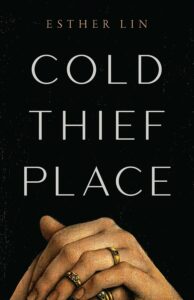 Esther Lin’s Cold Thief Place is about a woman growing up undocumented in America after being born in Brazil to parents who immigrated from China. Esther’s parents found solace and a sense of community through Christianity but this in turn created an abusive dynamic for their children. Esther herself is pushed into a marriage for a green card mirroring her own parents’ relationship. The work also shows the sympathy of a child for their parents, not just seeing them as caretakers but the humans they are and the circumstances they faced on their own journeys. It is a brilliant work that strives to teach us that a status does not erase the person it is attached to.
Esther Lin’s Cold Thief Place is about a woman growing up undocumented in America after being born in Brazil to parents who immigrated from China. Esther’s parents found solace and a sense of community through Christianity but this in turn created an abusive dynamic for their children. Esther herself is pushed into a marriage for a green card mirroring her own parents’ relationship. The work also shows the sympathy of a child for their parents, not just seeing them as caretakers but the humans they are and the circumstances they faced on their own journeys. It is a brilliant work that strives to teach us that a status does not erase the person it is attached to.
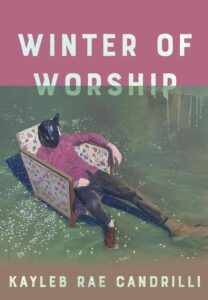 Winter of Worship is the newest collection by Kayleb Rae Candrilli. Candrilli looks back at his life, reconciling his current identity with the identity he once held. Having experienced the loss of his father and multiple friends over the years, Candrilli holds their memories close and laments their continued absence. The author describes their recent journeys through the pandemic and the ever-increasing destruction caused by climate change and social upheaval. Candrilli seeks to enjoy the nostalgia of the past while remaining true to the events as they occurred.
Winter of Worship is the newest collection by Kayleb Rae Candrilli. Candrilli looks back at his life, reconciling his current identity with the identity he once held. Having experienced the loss of his father and multiple friends over the years, Candrilli holds their memories close and laments their continued absence. The author describes their recent journeys through the pandemic and the ever-increasing destruction caused by climate change and social upheaval. Candrilli seeks to enjoy the nostalgia of the past while remaining true to the events as they occurred.
Poetry month continues on so please enjoy these books and many more at A.K. Smiley Public Library.
 Have you been keeping up with the Big Bear eagles and their eaglets? They are currently being live-streamed by the Circulation Desk at A.K. Smiley Public Library. The non-profit Friends of Big Bear Valley provides the internet live-feed. Come in soon to see how they are growing and interacting. There is an accompanying display about birds, birdwatching, and related books that are available for check out.
Have you been keeping up with the Big Bear eagles and their eaglets? They are currently being live-streamed by the Circulation Desk at A.K. Smiley Public Library. The non-profit Friends of Big Bear Valley provides the internet live-feed. Come in soon to see how they are growing and interacting. There is an accompanying display about birds, birdwatching, and related books that are available for check out.

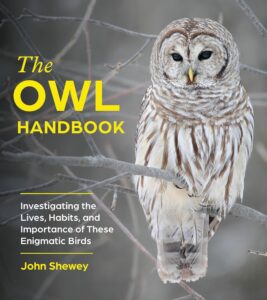
 “
“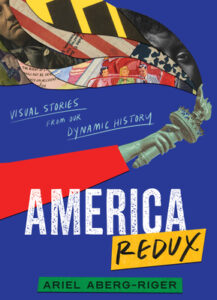 Before we jump into this week’s titles, I encourage you to talk to your parents about the books you read to decide what may be a good fit for you. I understand and honor that not every book is for every reader, and recognize how important it is for you and your family to make informed decisions about all the media you consume, including library books. With that, let’s get into it!
Before we jump into this week’s titles, I encourage you to talk to your parents about the books you read to decide what may be a good fit for you. I understand and honor that not every book is for every reader, and recognize how important it is for you and your family to make informed decisions about all the media you consume, including library books. With that, let’s get into it!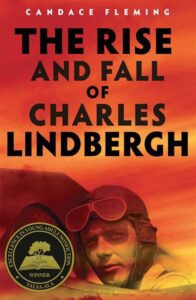 Candace Fleming’s “
Candace Fleming’s “